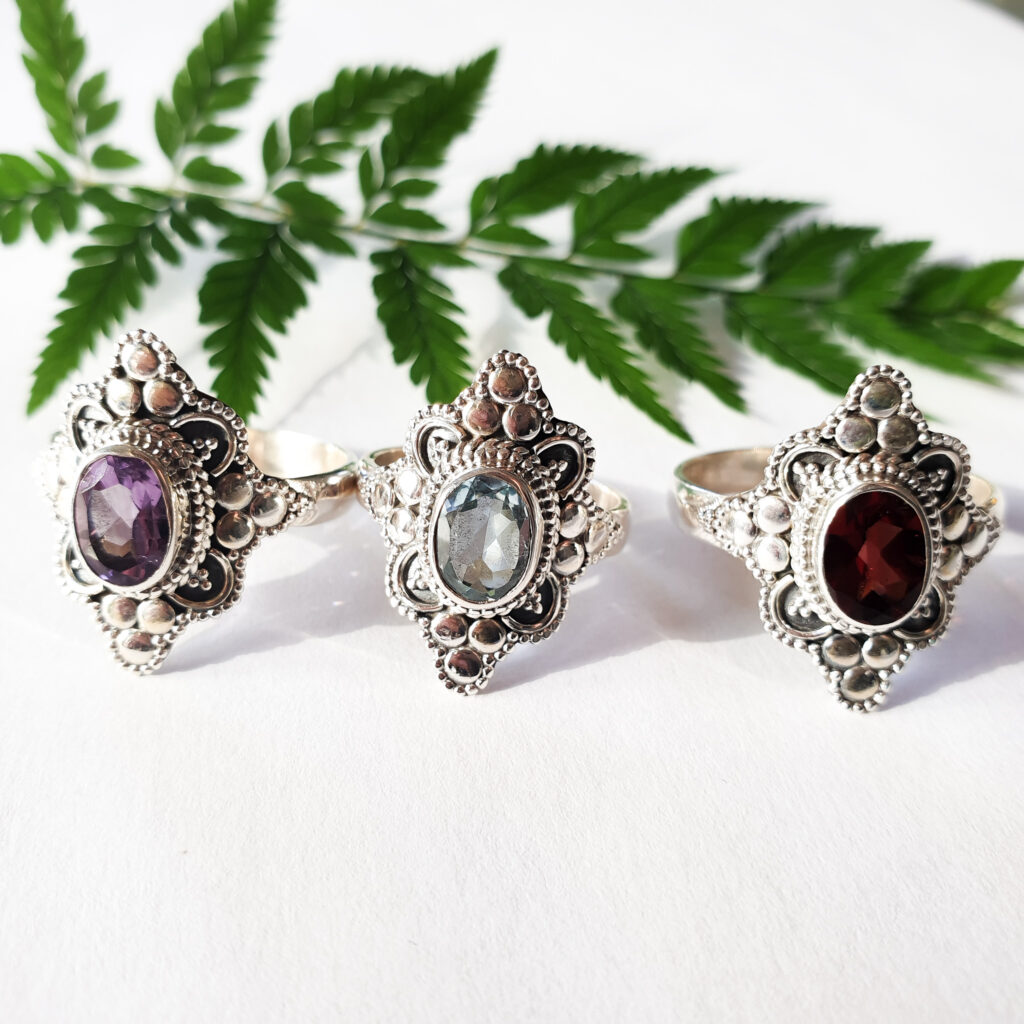Sintra is a village in Portugal located in Serra da Sintra. It’s an excellent day trip when you are visiting Lisbon. The village is a popular tourist destination and well worth visiting. The old city centre is listed as UNESCO World Heritage Site since 1995. The small maze of streets, the impressive architecture and cosiness of the village makes you feel at home right away. Visit several monumental highlights of Sintra, such as the National Palace of Sintra, the National Palace of Pena, the exotic Park of Pena and the Castle of the Moors.

National Palace of Sintra
The old city, villa velha, is located on top of the old remnants of a Moorish Palace. The Palácio Nacional de Sintra is the oldest palace in Portugal and is built in the 15th century by João I. The gothic arches and Moorish windows of the central structure remain from the original palace. A century later Manuel I ordered the construction of the the right wing. Later on further extensions were added. Manuel I stayed here when Vasco da Gama returned from his first expedition. He rushed to the harbour in Lisbon to welcome him. Maria Pia, the wife of Luís I lived at the Palácio Nacional for a long time after her husband died in 1889. The Palácio Nacional de Sintra served as summer palace until 1910.
The main entrance through the gothic gate leads to Sala dos Cisnos, Swan Hall. It is the largest hall and used for banquets, parties and official meetings. The ceiling is painted with 27 swans. A few swans have a crown around their neck. The painting is a gesture of love by João I for his wife. The story is based on a popular story, The Swan Knight.

The history of Magpie Hall
João I was caught kissing a lady-in-waiting one day. The members of the court were gossiping for days. Queen Filipa heard about the kiss and demanded an explanation. João I reply was; Por bem, por bem, (for good, for good). It was well-intentioned and done in honour and virtue!
He hated the fact that the 136 ladies-in-waiting were gossiping about an innocent kiss and he called them Magpies. At the hall where he kissed the lady-in-waiting, João I commissioned a ceiling-painting with 136 Magpies. Each Magpie is painted in a triangle with a twig in their beak and the words ‘Por bem’. The painting is meant as warning not to gossip about trifles. The name of the hall is Sala das Pegas, Magpie Hall. In another hall, Sala dos Pagodes, are three ivory pagodas. And in Sala das Armas are the coats of arms of 72 noble families.
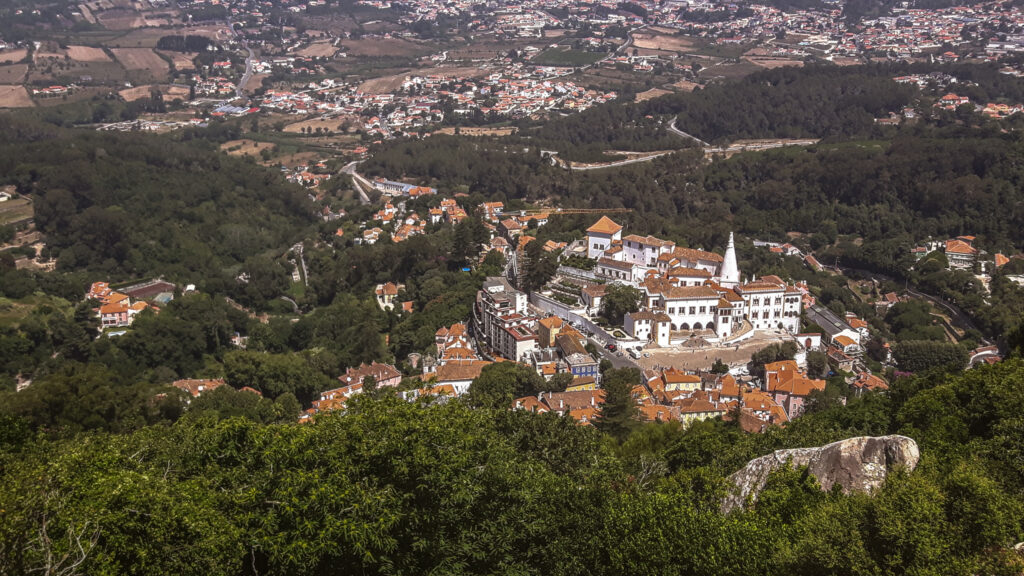
National Palace of Pena
Of all the monumental highlights of Sintra there is one you will not soon forget: Palácio Nacional da Pena. The castle is a colourful mix of different architectural styles, such as Arabic minarets, gothic arches, baroque gates, Romanesque battlements and oddly shaped towers. Ferdinand II was trying to create an unique palace. And he did. He created a fairy-tale castle that could appear in a Disney movie. The interior elements and styles are also a mixture of Moorish chandeliers, silver altars, Venetian glass, Chinese porcelain, pearl furniture and large Versailles mirrors.
The summer palace is built by Ferdinand Saksen-Coburg-Gotha between 1840 and 1850. He married the Queen of Portugal, Maria II Da Gloria. The palace is located next to a monastery of which the chapel still exist. Since 1995 the palace is a part of the Cultural Landscape of Sintra which is listed as UNESCO World Heritage Site.
The history of the palace started in the Middle Ages. There was a chapel that was dedicated to Our Lady of Pena. King Manuel I liked this sanctuary on top of the hill overlooking Sintra. He commissioned the construction of a monastery. For centuries Pena was a tranquil and small place for meditation. Only a few monks lived at the monastery. It fell in ruins when the building was damaged by lighting and the Great Lisbon Earthquake of 1755. Only the chapel remained.
The palace was constructed between 1842 and 1854. Ferdinand II mixed medieval and Islamic architectural features. Over time the colours of the exterior walls faded and for a long time the palace had a grey colour. In the 20th century the castle was repainted in the original colours.
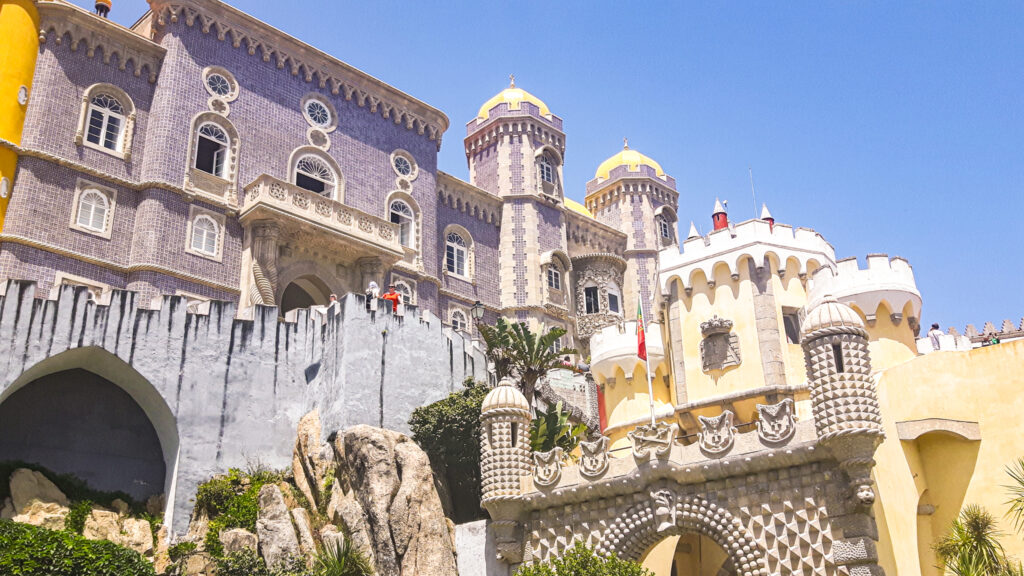
Pena Park
The Palace of Pena is surrounded by a 200 ha park, Pena Park. The park is situated on a rough and uneven terrain with many large boulders. Pena park is landscaped with exotic trees and plants imported from various countries: South-America, Japan, China, Australia and New Zealand. The park is a maze of paths and narrow roads connecting the palace with two gates. There are several gardens, buildings, bridges, caves and fountains to be found in the park.
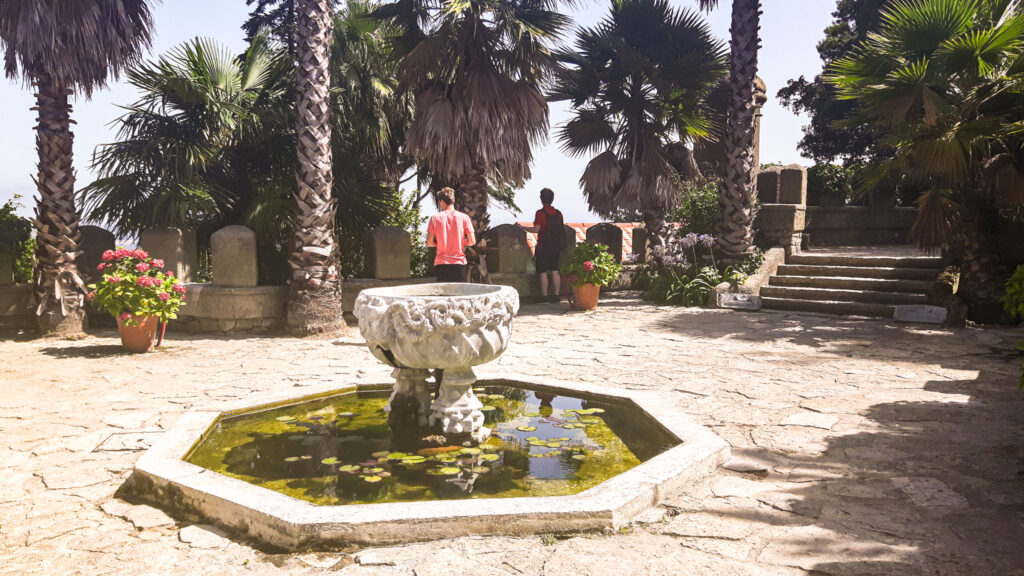
Castle of the Moors
Castelo dos Mouros is a medieval castle and located next to the Palace of Pena. The Castle of the Moors is built on top of a cliff and used to be a military outpost. The castle was created in the 8th and 9th century during the Muslim Iberia period. It was a perfect spot to defend the region because of the high vantage point and view along the coastline and inland surroundings.
In medieval times there was a mosque inside the castle and it was converted to a chapel during the 12th century. The Igreja de Sao Pedro Chapel is the oldest Christian religious structure in Sintra. The castle was built by the Moors in the 8th century, captured during the first and second Christian crusades in the 11th and 12th century, inhabited by Jewish settlers in the 15th century, abandoned and in the 18th century it was heavily damaged by a lighting bolt and the Lisbon earthquake of 1755.
In the 19th century King Ferdinand II decided to transform the region of Sintra. He romanticised the Middle Ages and he ordered the reconstruction of the castle. Ferdinand used the reconstruction of the castle for contemplation and relaxation when he was staring outside and overlooking the Castle of the Moors from Pena Palace.
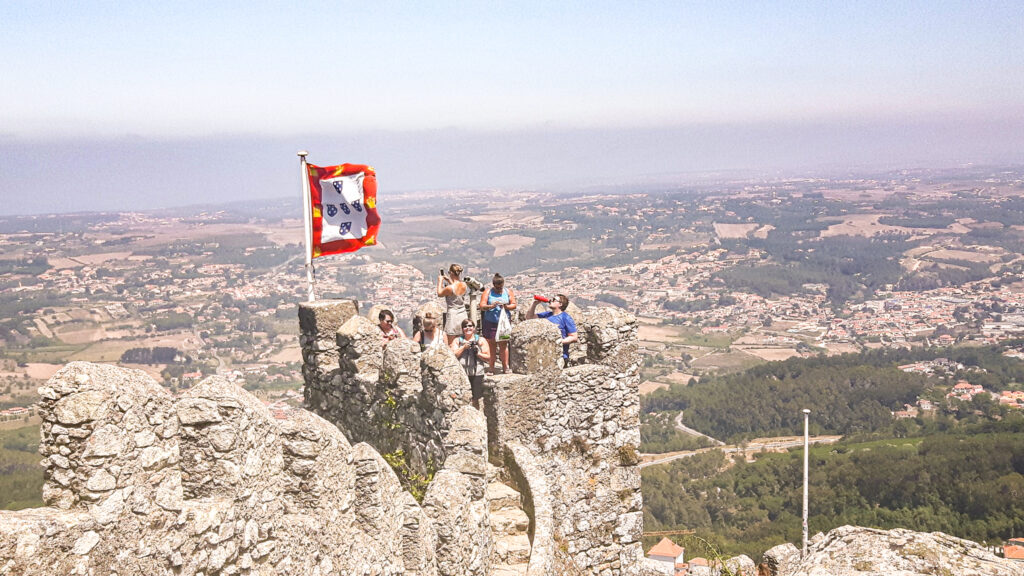
In The World’s Jungle – Travel Blog
Did you like reading about the monumental highlights in Sintra? Feel free to leave a comment below. Check out other In the worlds jungle articles. Read about the life of Antoni Gaudí and admire the architecture he created in Barcelona. Or visit the small historical town of Diest in Belgium.
You may also like other articles about European destinations. Discover the monumental highlights of Rome or Antwerp. Go for a virtual picture tour through Portugal or Tbilisi or go to the end of the world and visit Antarctica.


